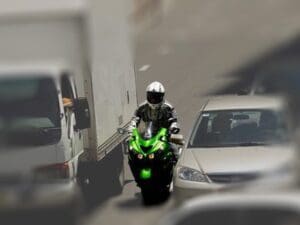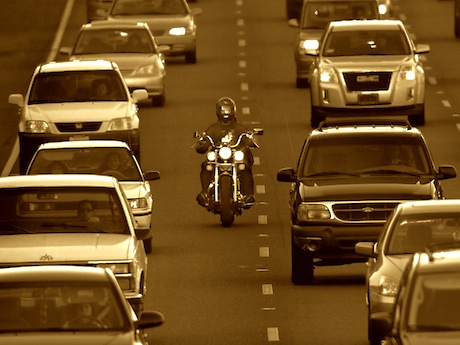A Californian university study has shown that riders involved in crashes while splitting lanes or filtering in traffic were much less likely to be injured.
The study is a big tick for lane filtering which has been a controversial issue in several countries recently. NSW has adopted a lane-filtering system with some caveats, the current Victorian Government has rejected it while the opposition supports it and Queensland is about to make a decision on filtering.
In the USA, California is the only state with legal lane splitting, but several other states are now considering its benefits such as less congestion, lower pollution, easier parking, etc.
The recent study by the University of California in Berkeley was conducted with the support of the California Highway Patrol or ChiPs, as they are also known.
The examined 7836 motorcycle crashes, of which 1163 occurred while the rider was splitting lanes.
It found that of those who crashed while lane splitting 45% suffered fewer head injuries, 21% had fewer neck injuries, 32% received fewer torso injuries, 12% got fewer arm/leg injuries, and there were 55% fewer fatalities.
Surely this is evidence that lane splitting works. It largely reduces incidences of rear-ender crashes which are the biggest type of crash involving motorcycles at anywhere up to 40% of all bike crashes.
Researchers believe the lower rate of injury is because lane filtering or splitting is usually done t slower speeds and, indeed, it is only legal at slow speeds, anyway.
It found that lane-filtering crashes occurred at up to 50km/h and that the safest speed to filter is less than 16km/h above the speed of the surrounding traffic. Injury rates jumped substantially at higher speed snap higher speed differentials.


